INSTRUMENT GALLERY
The instrument gallery is on the second floor of Palazzo Brera, in the entrance hall of the Astronomical Observatory.
Among the scientific and astronomical instruments on display (about one hundred) we highlight:
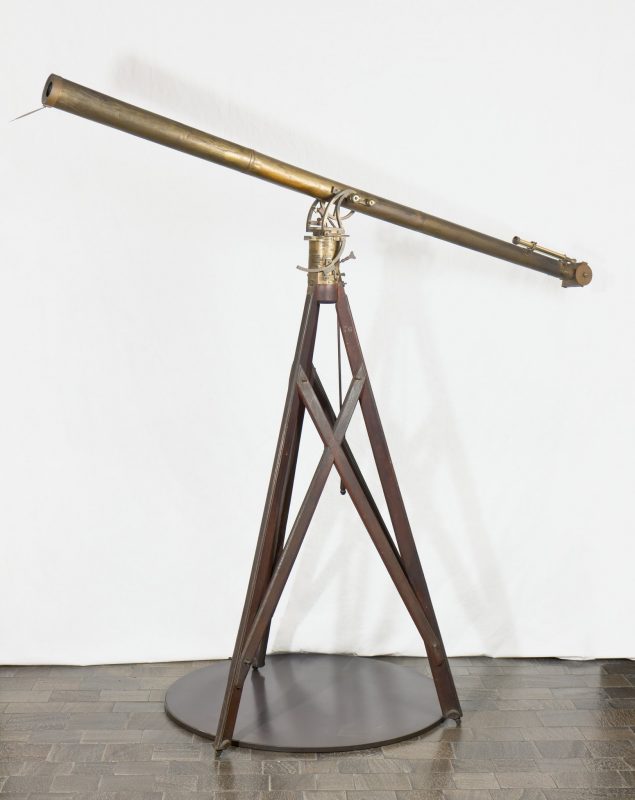
Refractor telescopes (end of XVIII century)
These refractors are among the first telescopes used at the Brera Observatory.
They have a diameter of 7.6 and 9 cm, and focal lengths of 242 and 307 cm, respectively. They are equipped with two achromatic objectives built by Dollond to limit the effects of spherical and chromatic distortions. Joseph Megele, a technician at the Observatory, built the telescopes between 1778 and 1785.
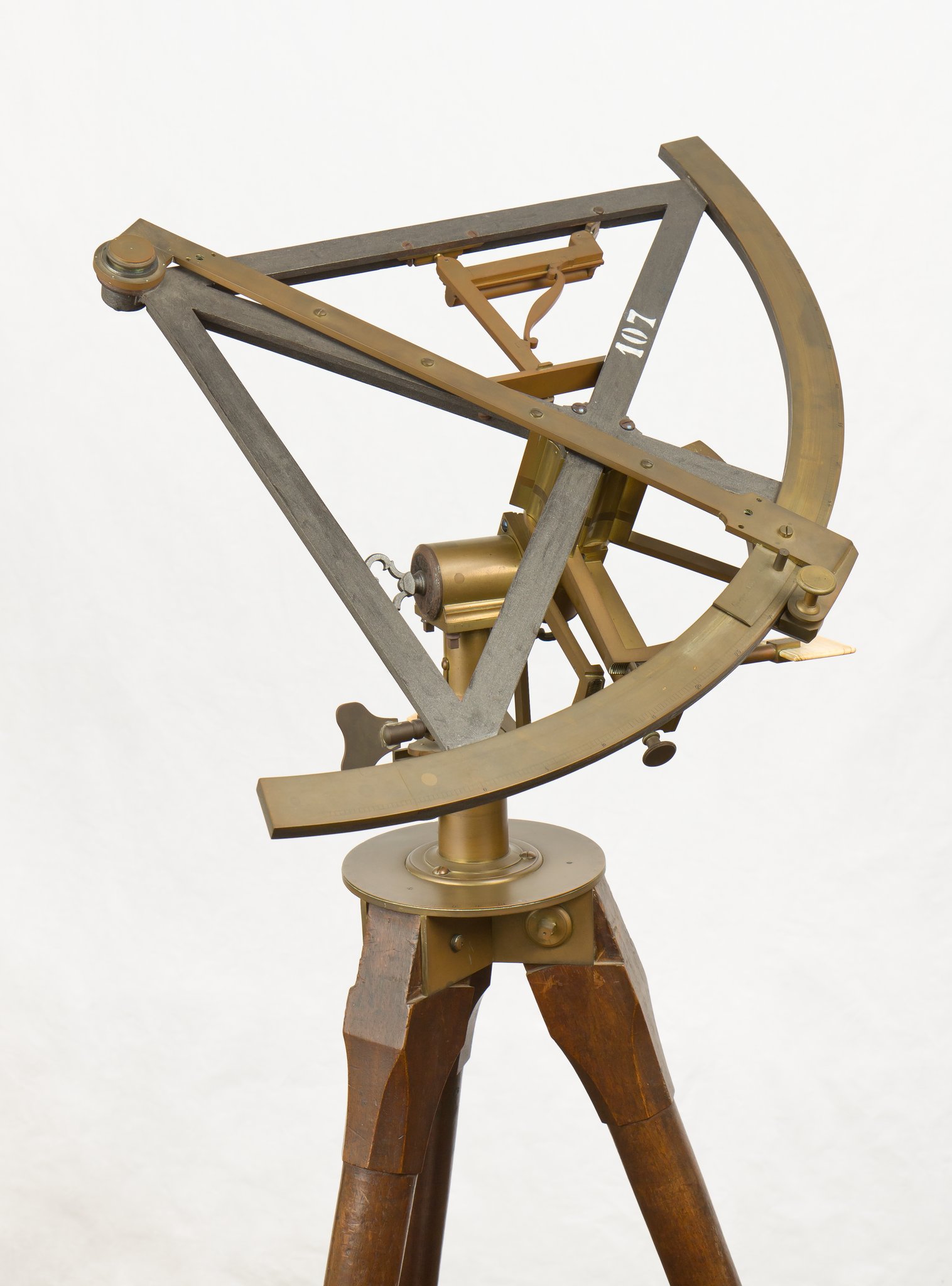
Geodetic bars and portable quadrant
Joseph Megele, a technician at the Observatory, built these telescopes, which were used by the astronomers of Brera during the campaign of geodetic measurements (1786 – 1794) to prepare a new map of Lombardy. The map was completed in 1796: it is the first instance in Lombardy of a map based on the method of geodetic triangulations.
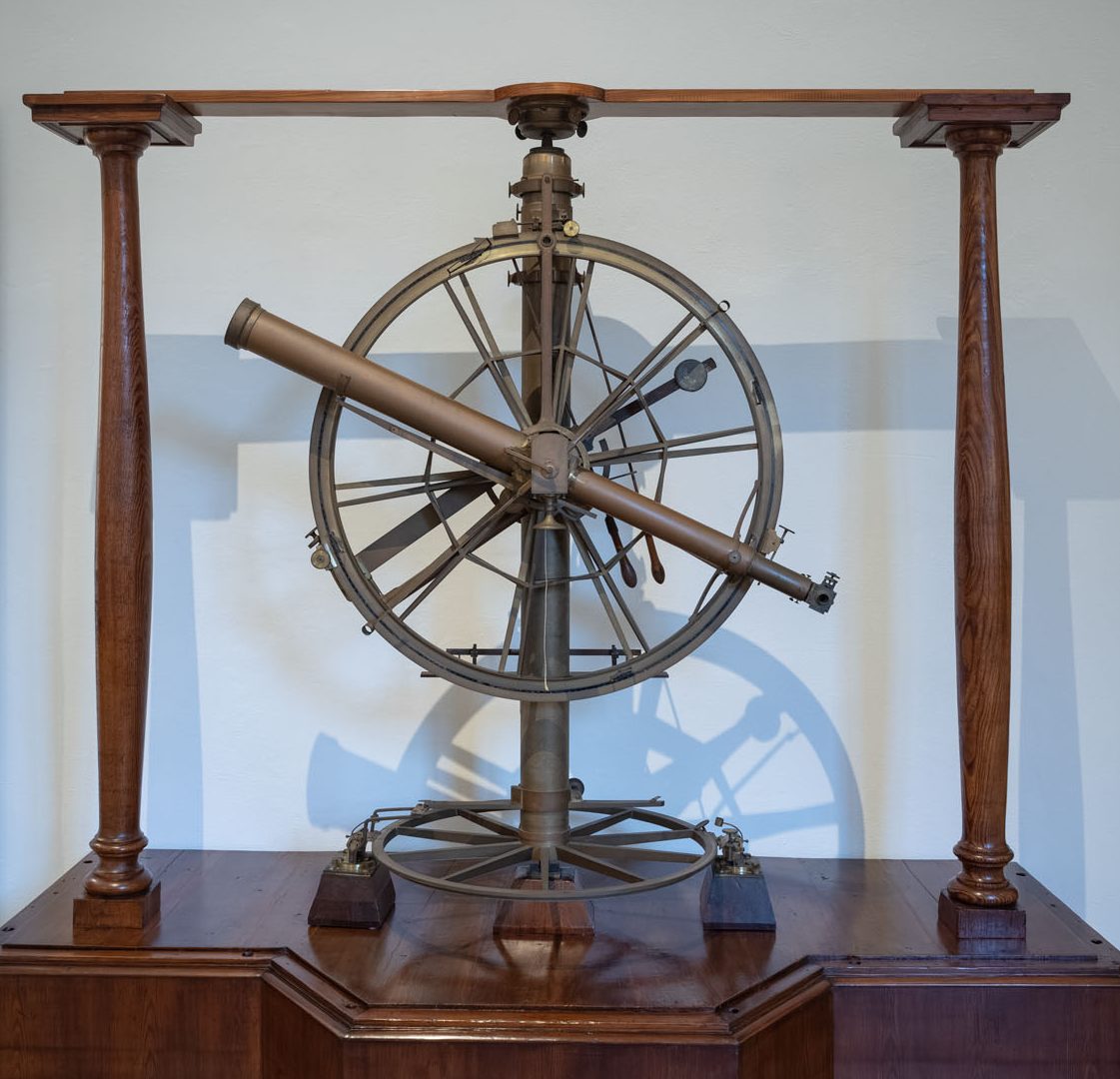
Repeating circle (1808)
The instrument, build by Reichenbach in 1808, consists of a telescope equipped with two large graduated circles (horizontal and vertical): it was used for accurate measurements of the positions of celestial bodies, for the determination of the orbits of the planets and for the preparation (compilation) of stellar catalogues.
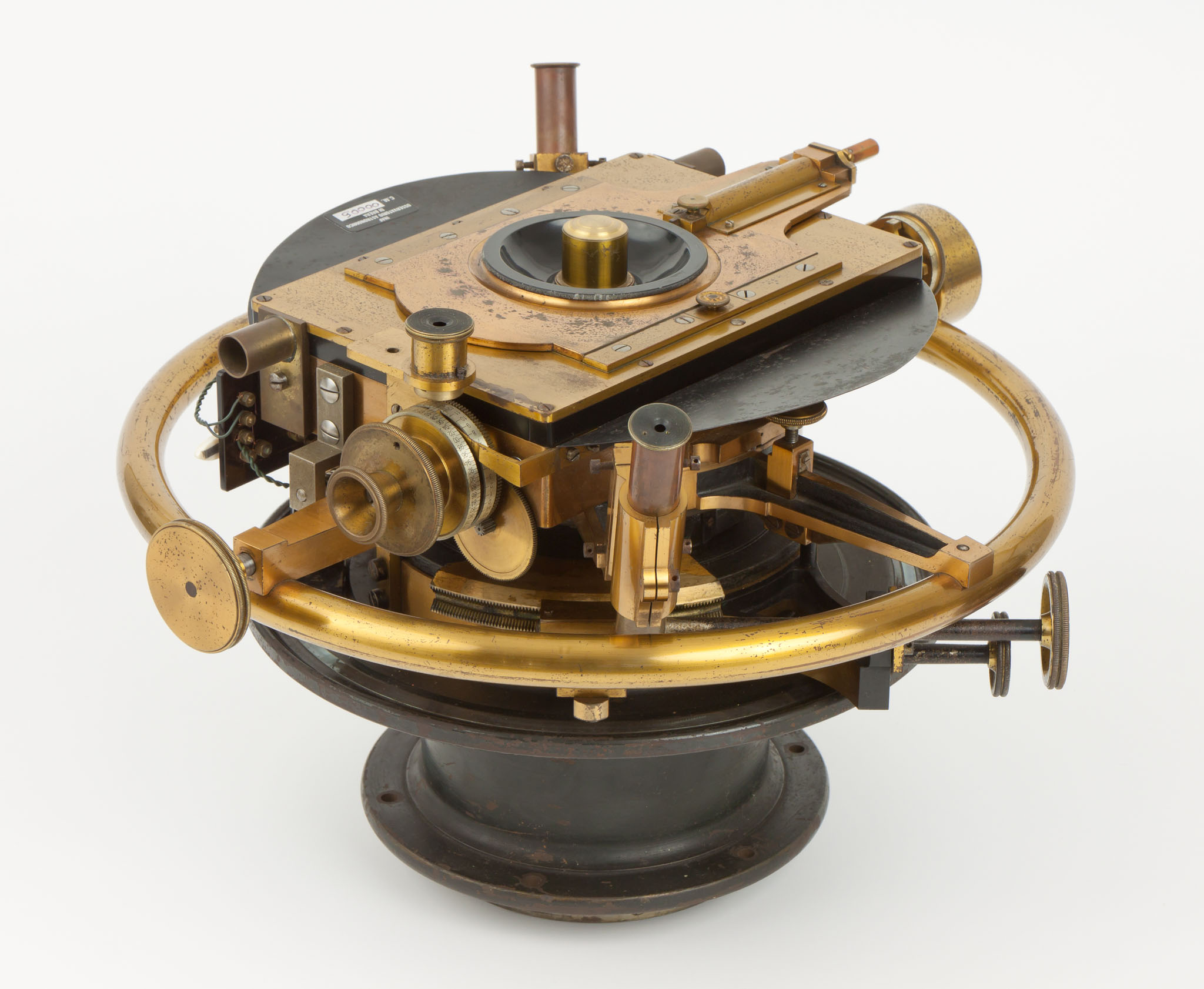
Filar micrometers
These eyepieces equipped with very fine threads were used by Schiaparelli to measure the relative positions of double stars and the topography of Mars. A high precision graduated knob with very fine steps can move the pair of thin wires within the eyepiece until they coincide with the objects of interest: their separation, measured on a micrometer, can be converted to the angular separation of the two celestial objects.
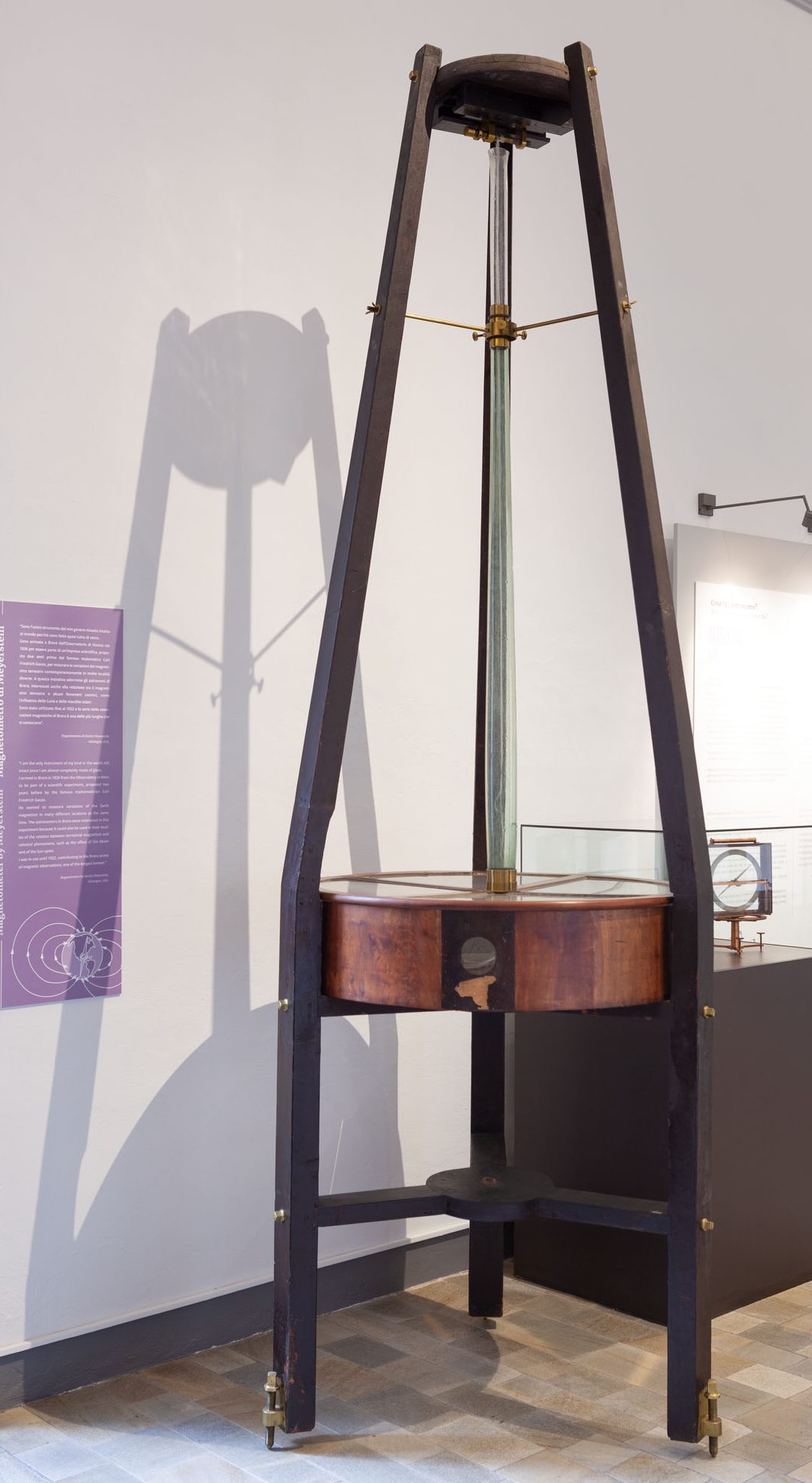
Magnetometer
The magnetometer measures the direction and the intensity of the magnetic field of the Earth. This instrument, built by Meyerstein in 1835, was used by the astronomers of the Brera Observatory participating in the international geomagnetic campaign promoted by Karl Friedrich Gauss.
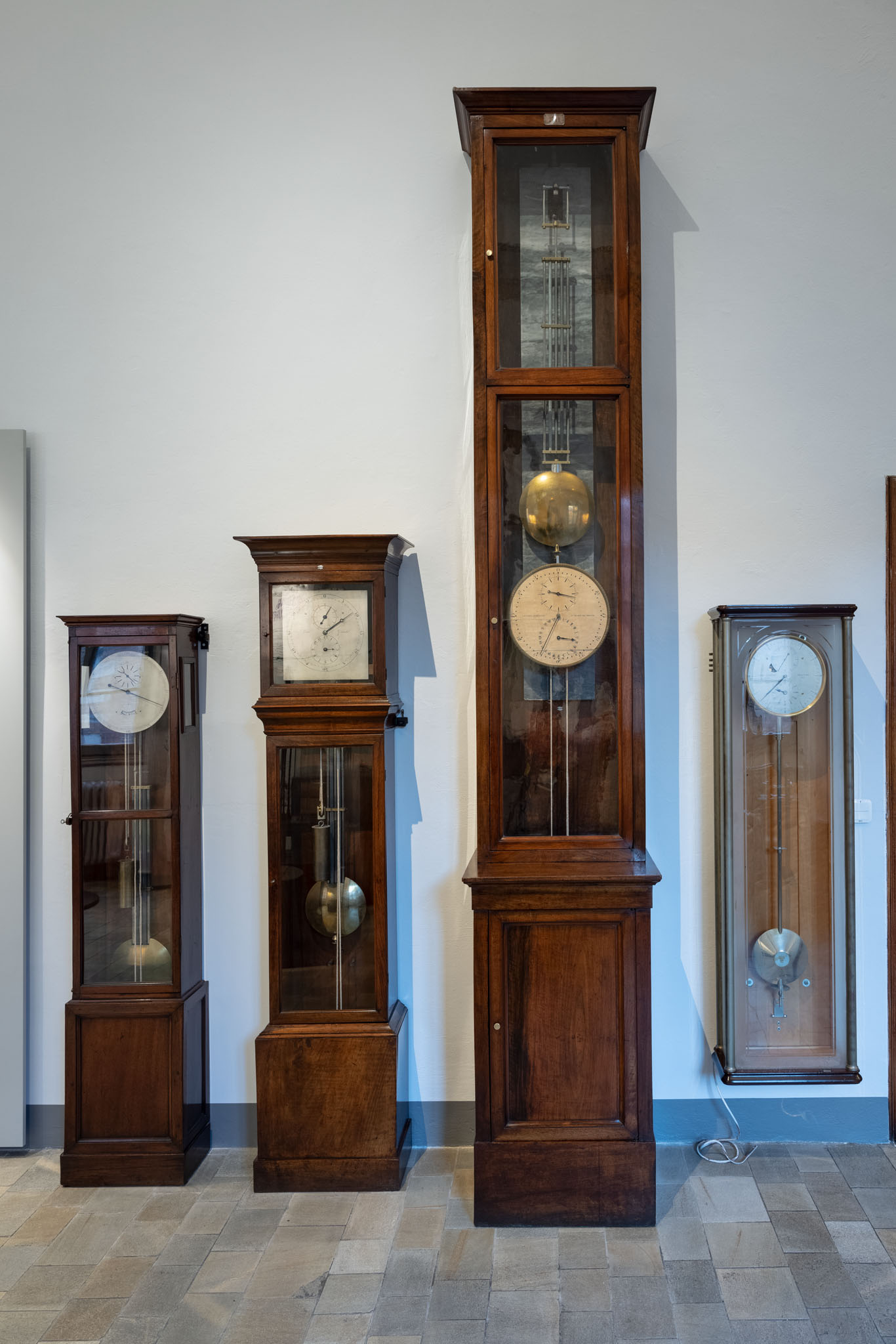
Pendulum clocks
The exact determination of time was essential for astronomical observations, in particular for the measurement of the positions of the stars and for the determination of the longitude of the observatory. The Brera Observatory was also responsible for determining the astronomical time and notifying the public radio station EIAR for civil and scientific use. The pendulum clocks on display here date from the end of the eighteenth to the first half of the twentieth century: they are only a few of the clocks that were installed in the domes and in the clock room of the Observatory.
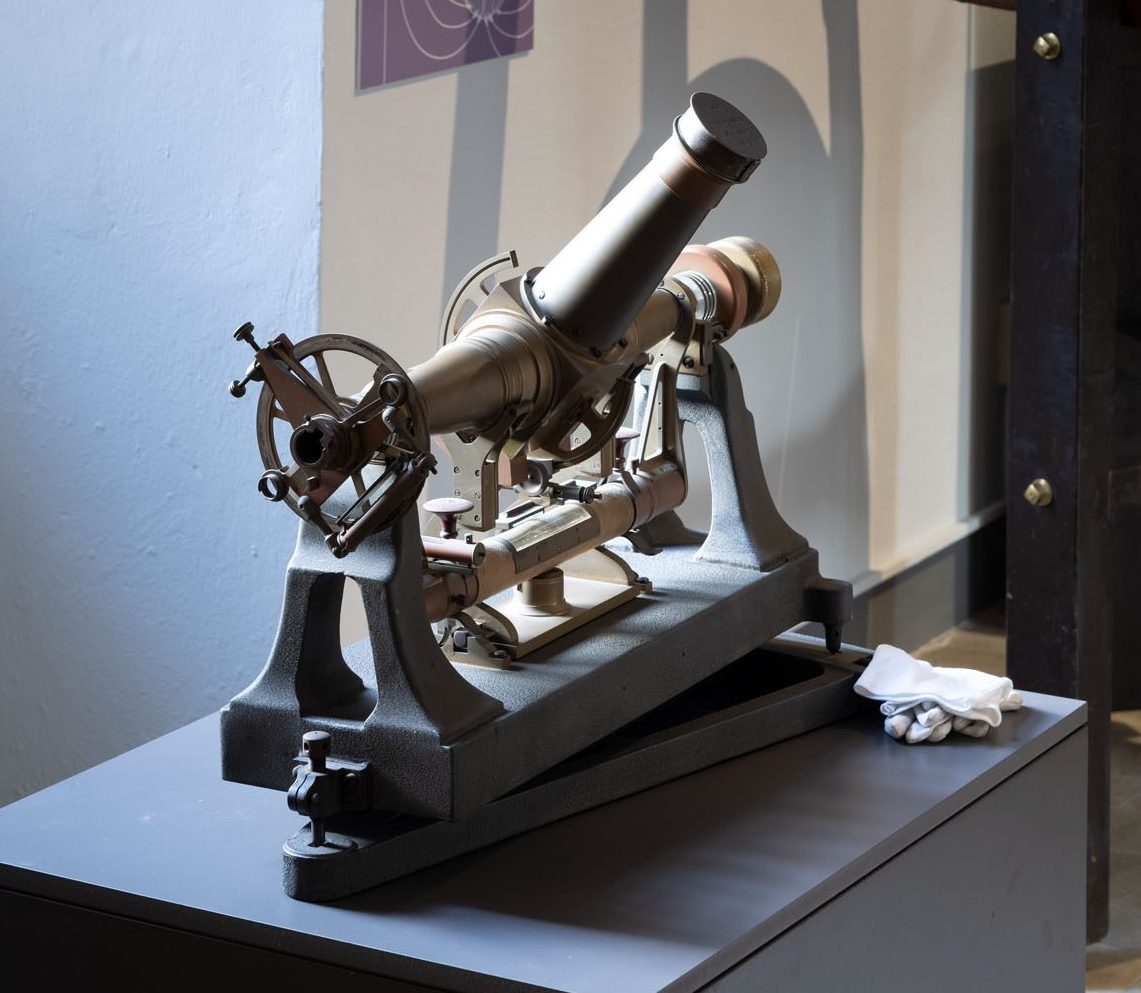
Transit instruments (XIX and XX centuries)
These small telescopes were used for recording the time of transit of reference stars through the local meridian: they were always pointed South and were not moved during the observation. These observations supplied an accurate determination of the local longitude and the astronomical time, used to synchronize the clocks of the Observatory.
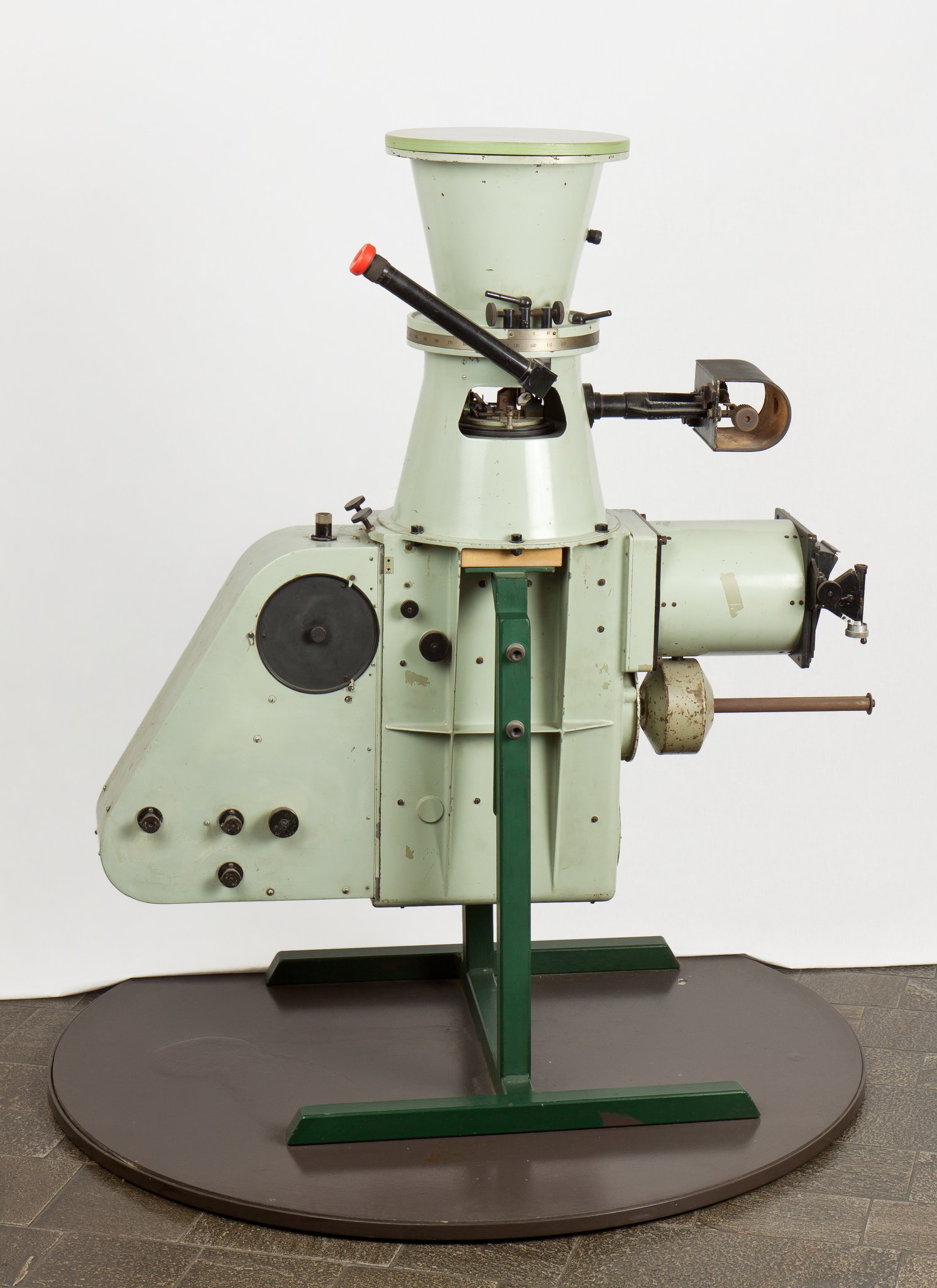
Spectrograph
This spectrograph was used to determine the physical and chemical properties of stars. This instrument was installed with the 102-cm Zeiss telescope in 1925 in Merate, the new branch of the Brera Observatory opened to provide an observing site away from the lights of the city.
